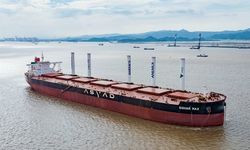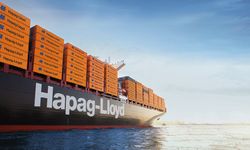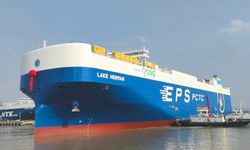Operating just meters above the water’s surface, these vessels aim to connect coastal and island regions more efficiently.
Although the WIGE vessels bear a strong resemblance to aircraft, they are classified and operated as marine vessels. This distinction stems from a 2005 decision by the International Maritime Organization (IMO) and the U.S. Federal Aviation Administration (FAA), determining that since WIGE vessels fly below 50 feet, they fall under IMO's jurisdiction, not the FAA’s. The IMO subsequently created a WIGE classification and enacted specific guidelines for their operation in May 2018, aligning them with existing maritime safety codes for fast ships, such as the High-Speed Craft (HSC) Code.
Sea Cheetah highlights the cost advantages of operating these vessels as marine units, which avoids the high regulatory and insurance expenses associated with aircraft.
In partnership with H3 Dynamics, Sea Cheetah plans to further enhance its vessels with hydrogen-electric propulsion systems. Central to this plan is the deployment of H2Hub and H2Hub Micro modules, decentralized green hydrogen production units designed for rapid refueling. These ‘pit stops’ will allow vessels to quickly replenish their hydrogen stores at dockside locations.
“Our hybrid hydrogen-powered powertrain enables range and payload capacities not possible with batteries, creating more applications for WIGE vessels globally,” said H3 Dynamics CEO Taras Wankewycz.
Sea Cheetah’s founder and CEO, Serge Markoff, emphasized the advantages of the partnership: “By combining our technologies, Sea Cheetah vessels can carry three times more payload than competing air- and watercraft, move ten times faster than boats, and offer ten times the fuel efficiency of aircraft.”






